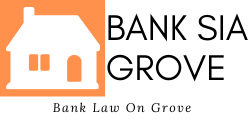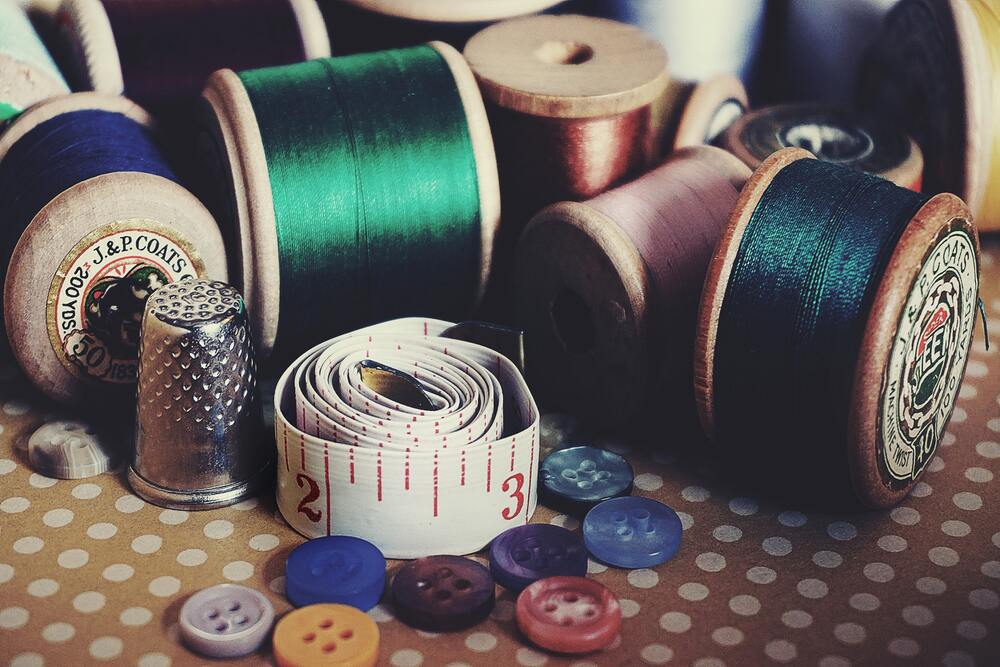These machines can also be equipped with different features such as overlocking and embroidery. Before you make a decision, it is important to understand the differences between each type.
Mechanical
A new sewing machine is one of the most exciting purchases you will make. You’ll want to get the best one for your skill level and budget. There are many models to choose from. It’s important to keep in mind that not all models will be suitable for everyone.
The most basic mechanical sewing machine will cost less than a similar computerized version, and the difference in price is largely due to features and construction. A basic model with manual controls will suffice if you are just starting out.
Electronic
There are many types of sewing machines and embroidery machine for beginners. There are both computerized and manual machines. An electronic sewing machine is a combination of a manual machine and a computerized one. A mechanical machine can be used for basic sewing, while a computerized model can be used for complicated stitching projects. Depending on the machine you choose, it can be used for hemming and assembling zippers, blind sewing, and embroidering.
Computerized sewing machines are designed to make sewing tasks easier. They provide a number of features, including a programmable stitching speed, start/stop button, and more. Sewing patterns can also be designed by connecting the sewing machine to a PC or smartphone.
Computerized
Computerized sewing machines are a great way to save time and enhance the quality of your sewing. They have many different features and can even perform complex tasks. They can be too complicated for beginners. It’s a good idea to choose a machine based on your needs rather than your budget.
When choosing a computerized sewing machine, you need to consider the features that are most important to you. For example, you might want a model with a large throat area for bulky projects. Or, you might prefer a machine with automatic threaders and needle threaders.
Overlocking
An overlocking machine can be a sewing machine that can perform different types of stitches or functions. There are four main types of stitches that an overlocker can make. In addition to these basic features, some machines come with extra features for seaming and overcasting edges.
These features can be used to sew a variety of fabrics. Woven fabrics are ideal for an overlocker, as are knits and lingerie. Lightweight fabrics often require a wider stitch. It is important to select an overlocker that can handle several layers of fabric at a time.
Embroidery
If you’re planning on investing in an embroidery machine, it’s important to know what to look for. It is important to make sure that the machine you buy has all the functionality and features you require, but also that it is easy to use.
Embroidery machines come in many different varieties, ranging from general features to advanced options. When choosing one, you’ll need to think about its weight and size, the space it needs to be in, and whether or not it can be easily transported.
Twin-needle
There are many twin-needle sewing machine types. Depending on the type of fabric you are sewing, you might need a different type.
Twin-needle sewing machines can be more user-friendly than double needles. It can be difficult to thread. Some models have a special button that makes it easier to thread. Some models have separate thread guides that are located above each needle. If you are having trouble threading your machine, check your sewing machine manual for instructions.
A twin-needle sewing machine can also be used for decorative stitches. These are a great way personalize your garments. It’s a good idea to test out the different options before purchasing.
Presser feet
Sewing machine feet, also known as Presser Feet, help your sewing machine sew in a straight line. They are especially useful when you want to use a special stitch or embellishment. Most machines come with a standard presser foot that is suitable for most types of stitches. But there are other more advanced feet that can give your sewing project a unique flair.
The standard presser foot is used for basic stitches such as straight and zig zag. It can also be used to make decorative stitches or for overcasting.
Bobbin cover with see-through view
Bobbin case, also known as bobbin holder, is an integral part of your sewing machine. It holds the thread in place and maintains the correct tension. Consistent stitch formation is possible with the right tension.
Before you begin sewing, you should make sure your bobbin case is properly set up. If you do not, the thread may become jammed or untensioned. This could happen for a number of reasons.
A needle may be too long or too small for the fabric you are using. A shorter needle will be more likely to catch the needle hole. Also, the needle should be positioned perpendicular to the seam you are sewing.

